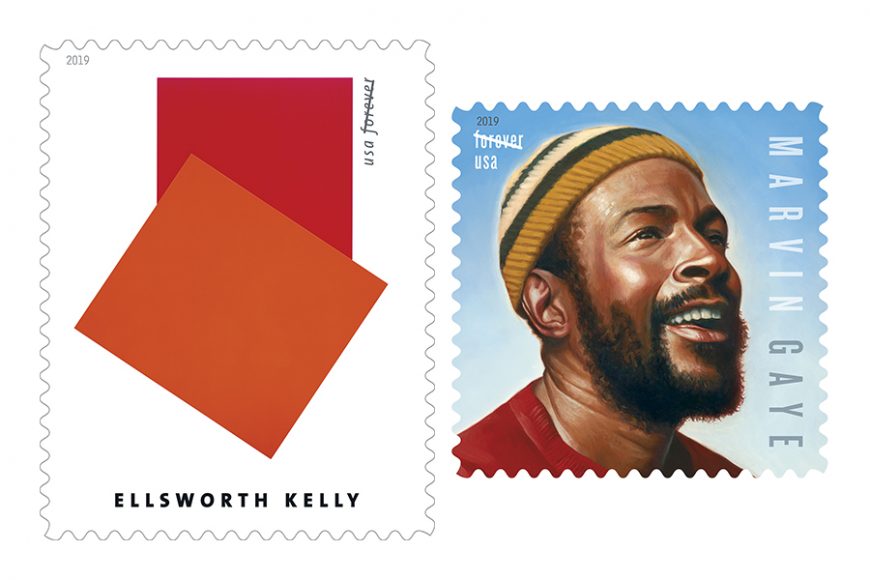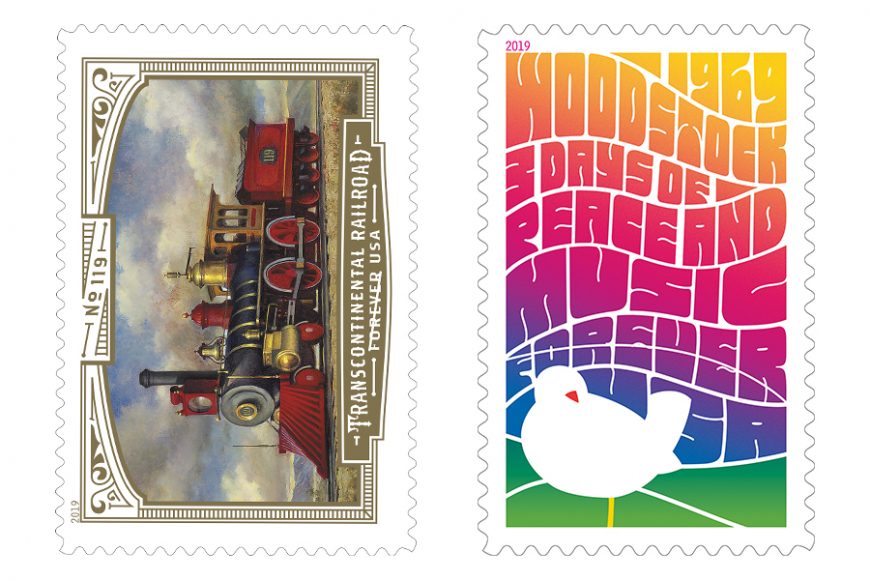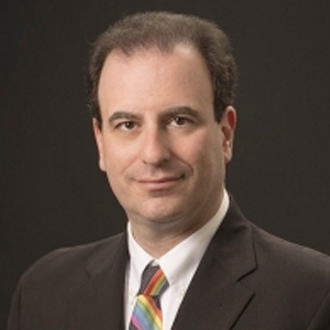The first adhesive postage stamp was Britain’s Penny Black, issued in 1840 and featuring a profile portrait of Queen Victoria.
A few years later across the Atlantic, several American cities began issuing their own postage stamps before a national stamp program began in 1847 with a 5-cent stamp featuring Benjamin Franklin and a 10-cent issue with George Washington.
Almost as soon as stamps began to be issued, they became popular collectibles. An informal hobby quickly expanded into an organized endeavor, with magazines and journals published on the topic. In 1869, the Philatelic Society in London became the world’s first organization devoted to this pursuit.
Over the years, stamp collecting became a popular hobby that attracted such prominent figures as President Franklin D. Roosevelt and Britain’s King George V. The latter’s holdings were passed down to his granddaughter, Queen Elizabeth II, who reportedly expanded it into a collection spanning 300 albums and 200 boxes. Monaco’s Prince Rainier recognized the profit value of stamp collecting and was personally involved in the design of his principality’s stamp issuances, which he turned into a healthy revenue stream.
But into the 21st century, stamp collecting has found itself facing an existential threat from the internet. As email, messaging and selfies have become part of the daily routine, reliance on stamps to finance the deliveries for letters, travel postcards and bill payments has declined. The U.S. Postal Service reported that its volume for first-class mail in 2018 was 56.7 billion pieces, down from 65.8 billion in 2013. With fewer people using the postal service, fewer stamps are being purchased and, you might assume, interest in new stamp issues is declining.
Thus, the question is raised: Is there a place for stamp collecting in this digital era, particularly among younger folks who rarely (if ever) put stamps on envelopes?
“Yes, but it is evolving,” says Scott English, executive director of the American Philatelic Society in Bellefonte Pennsylvania. “Access to information and materials is easier than it has ever been.”
English notes that his organization is working actively to build the next generation of stamp enthusiasts through programs that include the Young Philatelic Leadership Fellowship for collectors ages 16 to 24, the Young Stamp Collectors of America for ages 6 to 17 and the Stamps Teach endeavor which encourages K through 12 educators to use philatelic items in their classroom lessons on American history.
“There are still young people involved in stamp collecting, but fewer than there used to be,” says Jay Bigalke, editor-in-chief of Linn’s Stamp News, who notes that his weekly publication and daily news site are still “holding strong” among devoted hobbyists. “There is a dedicated core audience that always sticks with you, although there is always room for growth.”
And there is no evidence that nations are cutting back on their stamp issuances.
“There are 10,000 to 12,000 stamps issued every year,” observes Mike Frechette, president of the New Haven Philatelic Society. “Since 1940, there have been over one million stamps issued by countries around the world.”
Frechette adds that while collectors in previous generations would routinely obtain their stamps through dealers with retail stores and from the mail in the letter box, today’s collectors have to rely on stamp expos or online sites, including eBay, to obtain items. A big problem in building interest, Frechette laments, is not the lack of collectibles but the challenge to keep enthusiasm high.
“Collecting is not for everyone,” he says. “It’s hard to convince people to collect when they’ve said they’ve outgrown it.”
For the U.S. Postal Service, new commemorative issues are fashioned to appeal to a modern audience that would be interested in collecting stamps that are colorful and enchanting.
“Part of our mission is to represent the best of our country,” explains Bill Gicker, the Postal Service manager of stamp development. “We try to stay slightly more contemporary and relevant. We are honoring our past but also including subject matter that is more timely and current without being trivial.”
In recent years, the U.S. stamps have put a greater emphasis on iconic figures of popular culture. This year’s issues include a celebration of the 50th anniversary of “Sesame Street” and the Woodstock concert, singer Marvin Gaye and actor-dancer Gregory Hines, while the 2018 stamps program featured the Hot Wheels toy racing cars, music legend John Lennon and the cartoon canine Scooby-Doo.
Gicker also points out that the USPS is calling more attention to its stamps by changing their physical texture. “We are trying different things with printing,” he says, referring to the use of gold foil on this year’s commemoratives celebrating the 150th anniversary of the Transcontinental Railroad, a proprietary rainbow holograph in the 2018 series of Bioluminescent Life stamps and the scratch-and-sniff effect on the 2018 Frozen Treats stamps. “This way, we enhance the story we try to convey.”
This strategy appears to be paying off, according to the American Philatelic Society’s English. “The more modern stamps are more popular among young collectors,” he says.
As for the near future, stamp collecting doesn’t appear to be showing signs of disappearing. A recent report by the Universal Postal Union, a United Nations specialized agency that coordinates international postal policies, estimates that the global secondary market for stamp collecting — including dealers, collectors “and others buying second-hand philatelic products” — is worth between $4.2 billion and $13.8 billion. The report determined this activity is being fueled by national postal issuing agencies that “ramped up their online marketing and communication efforts to reach new consumers.”
And, in any event, Linn’s Stamp News’ Bigalke acknowledges that concerns over a dying hobby are nothing new.
“I can go back to Linn’s Stamp News 50 years ago and find similar comments were being made about where are the young collectors today,” he laughs.







I have hundreds of old stamps don’t know what to do with them
I have a lot of old stamps want to sell them don’t know how.